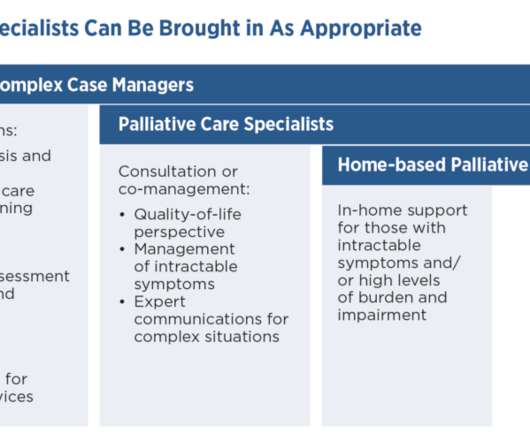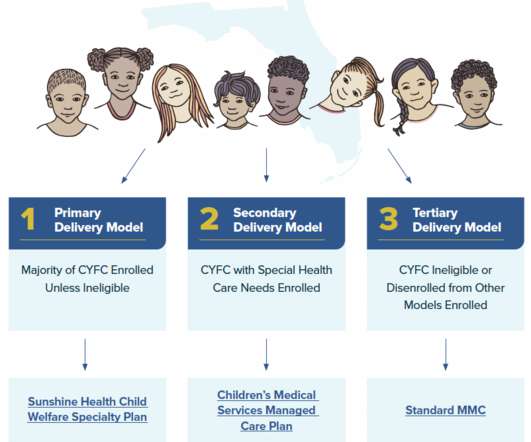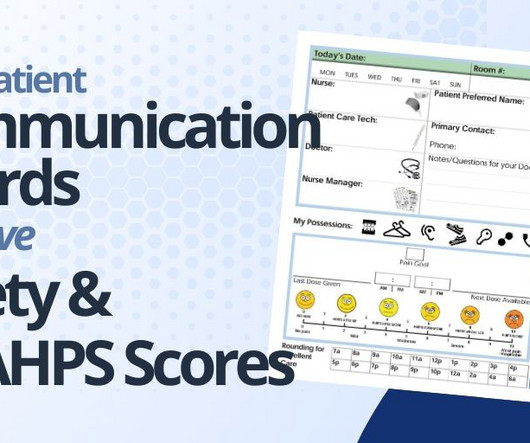OSF deploys care transition program, reduces readmission rate from 29% to 9%
Healthcare It News
JUNE 24, 2024
OSF HealthCare, a health system that serves Illinois and Michigan, had a big challenge: Managing the high rate of patient readmissions from hospitals to skilled nursing facilities and eventually to home care. THE PROBLEM This issue stemmed largely from gaps in continuous care during transitions between these settings.





















Let's personalize your content